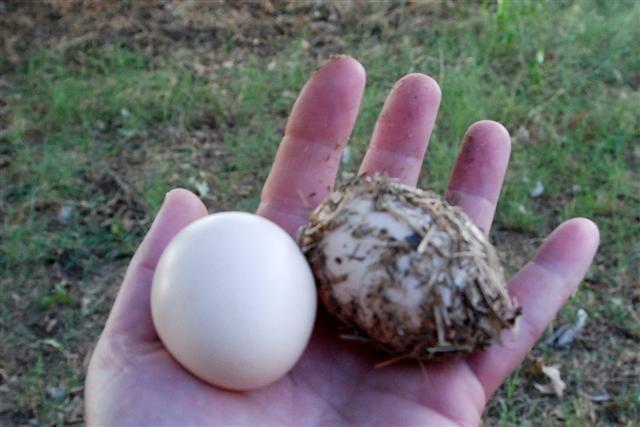- Thread starter
- #46,421
Buster The snapping turtles in your pond are probably not Alligator snapping turtles but common snapping turtles. True alligator snapping turtles are endangered and thus not usually found or seen.
They much prefer swamps and brackish back water of rivers and creeks.
The common snappers are menacing enough and can take a finger off very easily.
I once caught a common snapper on a limb line that weighed over forty pounds. He almost tipped my boat over.
The most abundant turtles I have in my ponds are the green headed ones with the red strip on their head.
Not sure what thier official name is.
Anyway good luck with getting some cleared out of your ponds.
They much prefer swamps and brackish back water of rivers and creeks.
The common snappers are menacing enough and can take a finger off very easily.
I once caught a common snapper on a limb line that weighed over forty pounds. He almost tipped my boat over.
The most abundant turtles I have in my ponds are the green headed ones with the red strip on their head.
Not sure what thier official name is.
Anyway good luck with getting some cleared out of your ponds.





